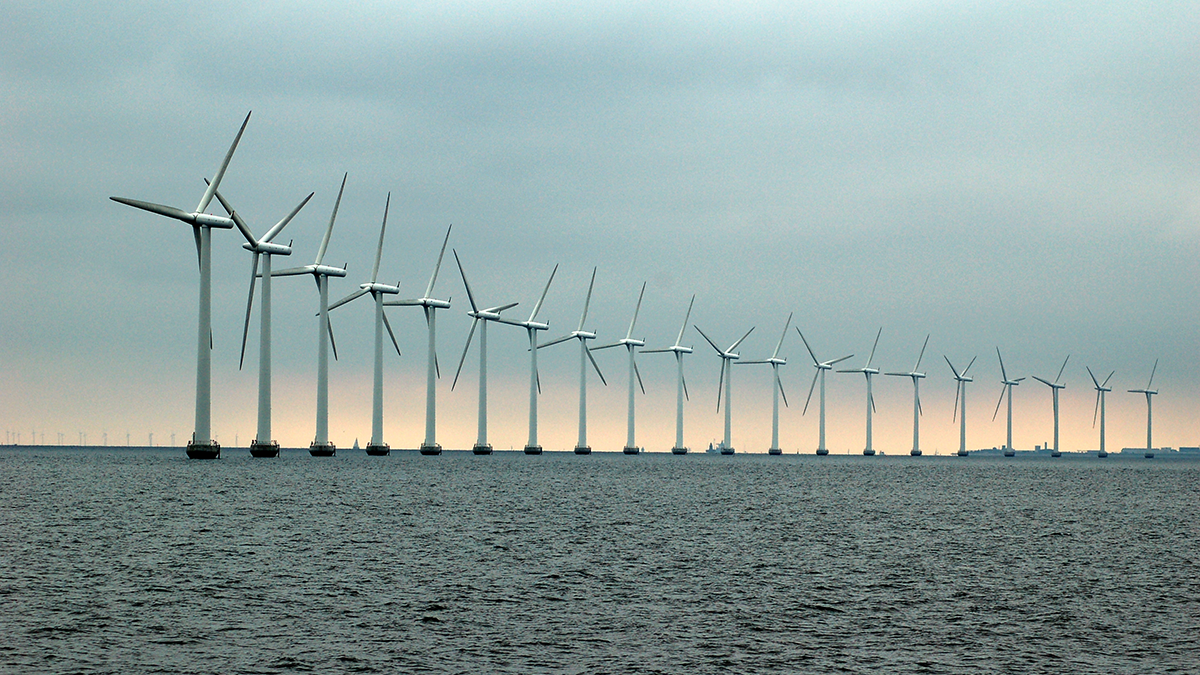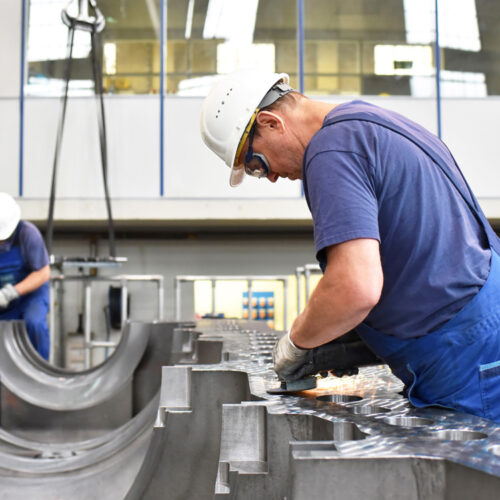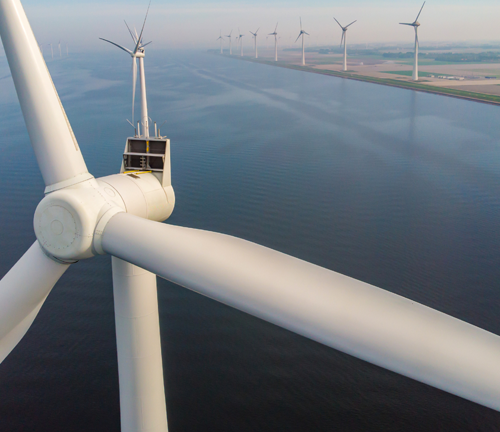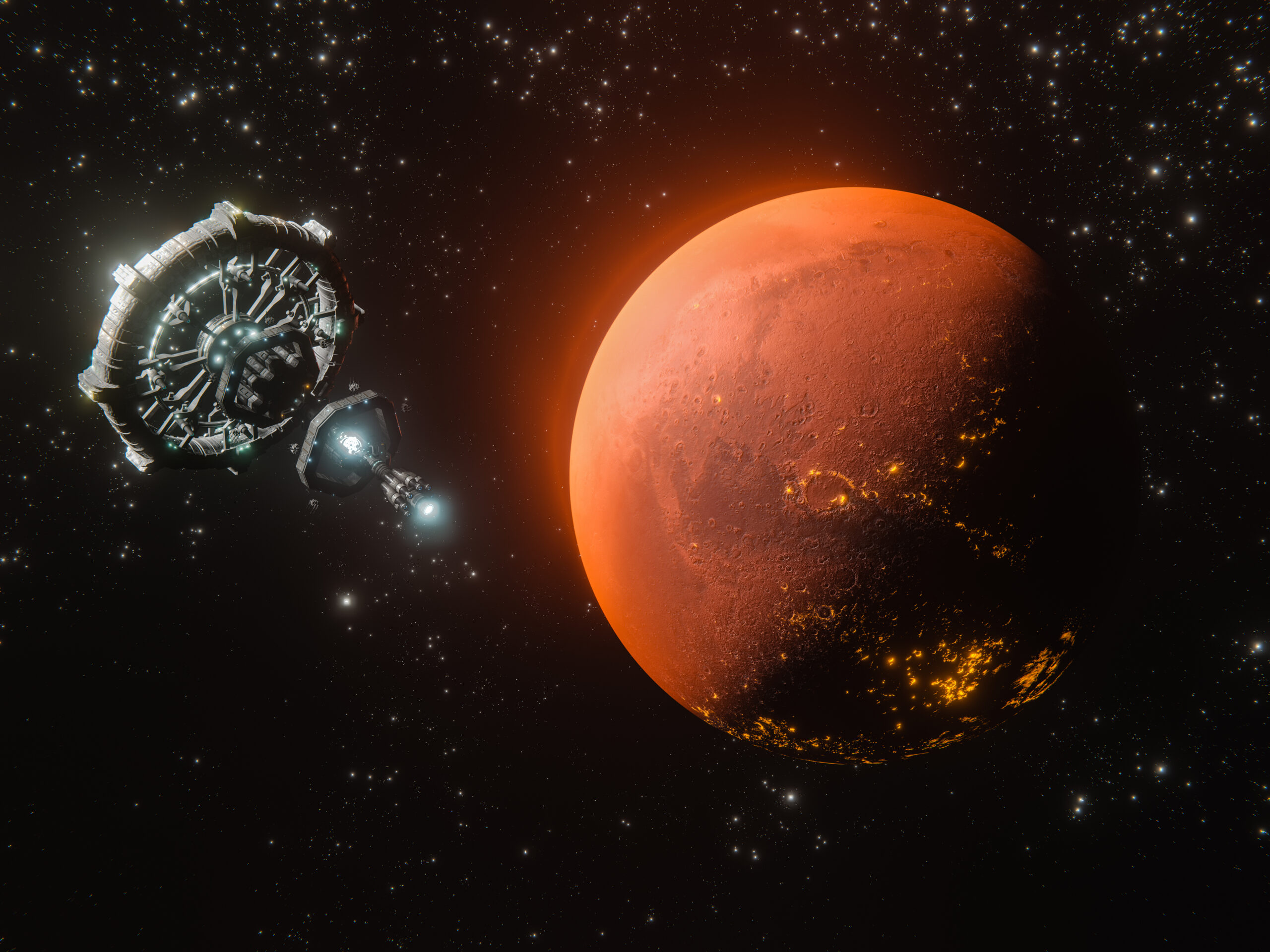A wind turbine is a gadget creates electrical energy by changing the wind’s kinetic energy. Wind turbines are designed in an extensive variety of horizontal and vertical shaft.
The littlest turbines are utilized for applications, for example, battery charging for caravans or boats or to supply power to traffic signals. Somewhat bigger turbines can be utilized for making commitments to a local power supply while offering unused power back to the utility provider by means of the electrical network. Varieties of large turbines, known as wind farms, are turning into an undeniably important source of renewable energy and are utilized by numerous nations as a feature of a procedure to decrease their dependence on fossil fuels.
MAINTENANCE
Wind turbines require regular maintenance to remain dependable and accessible, achieving 98%.
Repowering
Establishment of new wind turbines can be questionable. An option is repowering, where existing wind turbines are supplanted with greater, more powerful ones, some of the time in littler numbers while keeping or expanding limit.
Demolition
Oldest turbines were in some early cases not needed to be evacuated when approaching the end of their life. Some still stand, holding up to be repowered or recycled. A demolition industry creates to reuse offshore turbines at a cost of DKK 2–4 million for each MW, to be ensured by the proprietor.
ADVANTAGES
- Very little carbon dioxide discharges (adequately zero once developed).
- No environmental pollution from drilling or mining.
- No air or water contamination
- No fuel to pay endlessly!
- Completely manageable—not at all like fossil fills, wind will at no time run out.
- Turbines work anyplace on the planet where it’s dependably windy, dissimilar to fossil-fuel stores that are packed just in specific districts.
- Unlike fossil-filled power, wind energy working expenses are unsurprising years ahead of time.
- Freedom from vitality costs and political instability of oil and gas supplies from different nations.
- Wind energy costs will turn out to be progressively focused as fossil fuel costs rise and wind innovation develops.
- New occupations in operation, manufacture, and construction of turbines.
DISADVANTAGES
- High in advance cost (generally with respect to huge fossil-fueled or nuclear plants).
- Economic endowments expected to make wind energy viable (however other power structures are subsidized as well, either monetarily or in light of the fact that they don’t pay the social and economic cost of the pollution they create).
- Extra complexity and cost of adjusting variable wind control with different types of force.
- The extra cost of updating the power transmission lines and grid, however, the entire system frequently benefits.
- Variable yield—however that issue is lessened by working wind farms in various territories and (on account of Europe) utilizing inter connectors between neighboring nations.
- Large general land take—however no less than 95% of wind farm land can at present be utilized for farming and seaward turbines can be worked at sea.
- Can’t supply 100 percent of a nation’s energy throughout the entire year, the way hydroelectric, fossil fuels, nuclear, and biomass power can
- Loss of employments for individuals working in drilling and mining.




